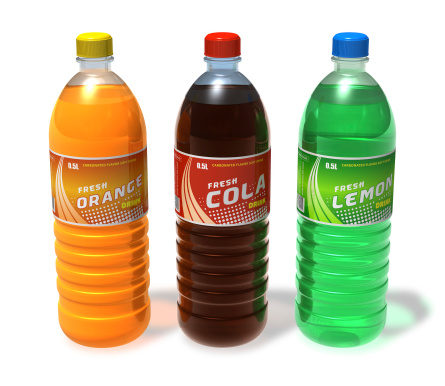Los Angeles and Oxford, U.K.—An international data analysis has found that nations in which high fructose corn syrup (HFCS) is prevalent in the food supply suffer from a 20% higher rate of type-2 diabetes. University of Southern California (USC) and University of Oxford researchers focused on 42 countries in North America, Asia, North Africa and Europe. Though the United States leads the way in HFCS consumption, other countries have rapidly been adding the sweetener to foods and beverages.
The paper is titled “High Fructose Corn Syrup and Diabetes Prevalence: A Global Perspective,” and is published in the journal Global Public Health. Importantly, researchers were able to determine that the heightened risk of diabetes occurs in HFCS-heavy diets independently of both total sugar intake and obesity rates. “HFCS appears to pose a serious public health problem on a global scale,” said lead author Michael I. Goran, director of the Childhood Obesity Research Center and co-director of the Diabetes and Obesity Research Institute at the Keck School of Medicine at USC.
Out of all countries studied, the United States HFCS-consumption rate per capita was tops at 25 kilograms (55 pounds) per year. The second highest rate of consumption was Hungary at 16 kilograms. Countries categorized as heavy users of HFCS had an average type-2 diabetes occurrence of 8%, more than the 6.7% in countries using little HFCS.
This study has some calling for a rewriting of dietary guidelines in consideration of HFCS as a risk factor for diabetes, a leading cause of death worldwide. Many consumers seem to be ahead of the curve in this respect, as a majority of Americans are actively trying to consume less HFCS and sugar (63% and 70%, respectively), according to an International Food Information Council survey published in the Journal of the Academy of Nutrition and Dietetics.
Published in WholeFoods Magazine, January 2013 (online 12/11/12)










